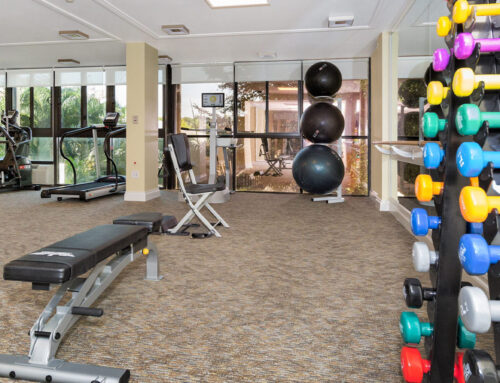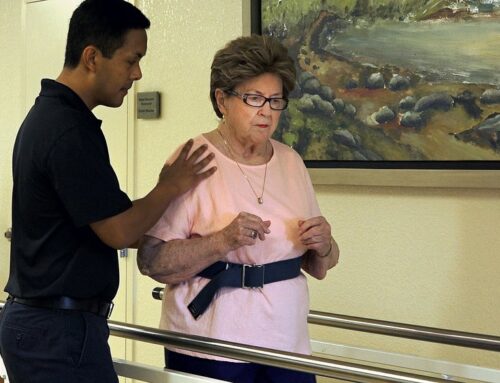Creating an Activities of Daily Living (ADL) checklist for seniors is an essential step in ensuring their well-being and independence. ADLs are the everyday tasks that individuals need to be able to perform to live independently, and they typically fall into six main categories: eating, bathing, dressing, toileting, transferring (moving from one place to another), and continence. As people age, they may encounter difficulties with these tasks due to various health issues or physical limitations. An ADL checklist helps caregivers and family members assess a senior’s capabilities and identify areas where assistance is needed. Here’s how to create and utilize an ADL checklist effectively:
Understanding the Categories of ADLs
- Eating: The ability to feed oneself. This includes the process of getting food to the mouth and being able to chew and swallow it.
- Bathing: The ability to clean oneself and perform grooming activities like shaving and brushing teeth.
- Dressing: The ability to make appropriate clothing decisions and physically dress and undress oneself.
- Toileting: The ability to get to and from the toilet, using it appropriately, and cleaning oneself.
- Transferring: The ability to move from one place to another, especially from bed to a chair, and back.
- Continence: The ability to control bladder and bowel functions.
Creating the Checklist
When creating an ADL checklist, it’s crucial to consider the individual needs of the senior. Here are steps to create a comprehensive and personalized ADL checklist:
- Start with Observation: Spend a few days observing the senior’s daily routine. Note the tasks they can do independently and those they struggle with.
- Categorize the Tasks: Organize the observed tasks into the six ADL categories.
- Assess the Level of Independence: For each task, assess the level of independence. You can use a simple scale such as: Independent, Needs Some Assistance, and Fully Dependent.
- Include Specifics: Instead of just noting “dressing,” list specific aspects like “can button shirts” or “struggles with zippers.”
- Review and Update Regularly: An individual’s abilities can change over time, so it’s essential to review and update the checklist regularly.
Using the Checklist
Once you’ve created an ADL checklist, you can use it to:
- Plan Care: Identify what type of care is needed and when. This helps in structuring the caregiver’s day and ensures that all needs are met.
- Communicate with Healthcare Professionals: Sharing the checklist with doctors or therapists can help them understand the senior’s needs better and tailor their treatment plans accordingly.
- Determine the Level of Care Needed: The checklist can help decide whether in-home care, assisted living, or another living arrangement is most appropriate.
- Track Progress: Over time, the checklist can be used to track improvements or declines in abilities, which is especially useful after a hospitalization or change in health status.
Tips for Effective Use
- Be Respectful: Always discuss any observations and plans with the senior. Their input and consent are crucial.
- Be Realistic: Understand that some days might be better than others. Flexibility is key.
- Involve Professionals: Don’t hesitate to seek help from healthcare professionals in assessing needs and planning care.
- Focus on Safety and Comfort: Always consider the senior’s safety and comfort while performing any activity.
- Encourage Independence: Encourage the senior to do as much as they can independently, even if it takes longer or is done differently than you would do it.
Next Steps
An Activities of Daily Living checklist is a powerful tool in managing senior care. It provides a clear picture of a senior’s capabilities and needs, helping caregivers and family members make informed decisions about their care and living arrangements.
By regularly updating the checklist and involving the senior in discussions about their care, you can ensure that they receive the respectful, individualized care they deserve. With the right approach, an ADL checklist can significantly enhance the quality of life for seniors, providing them with the support they need while respecting their independence and dignity.




